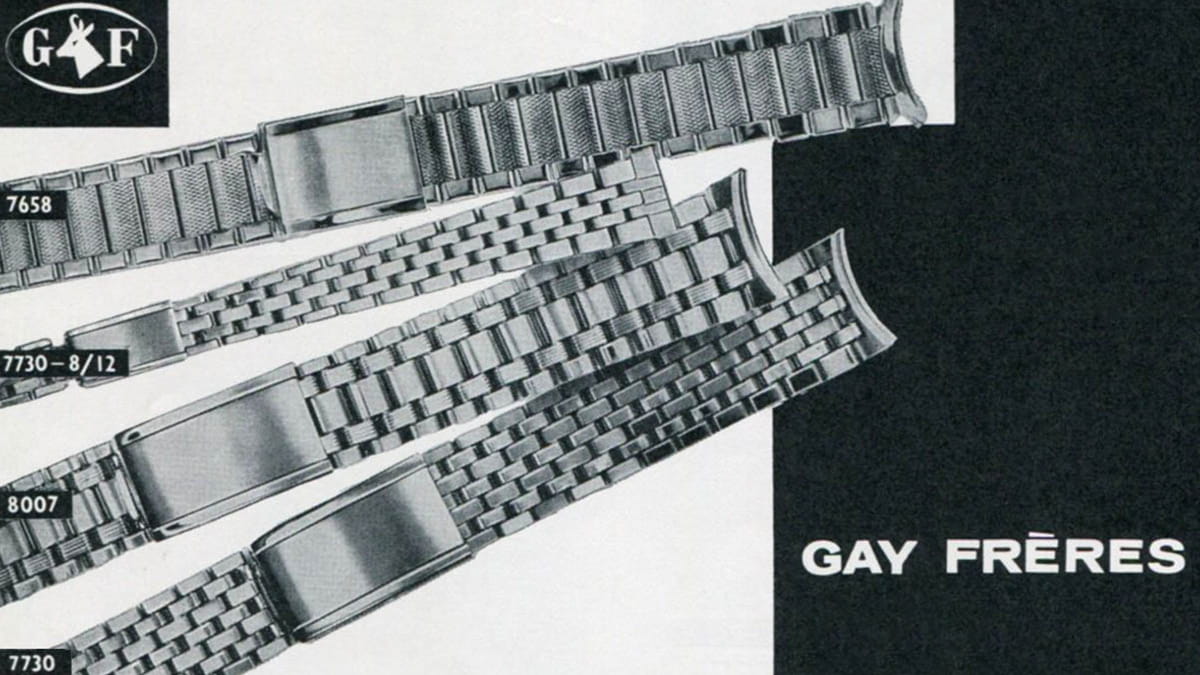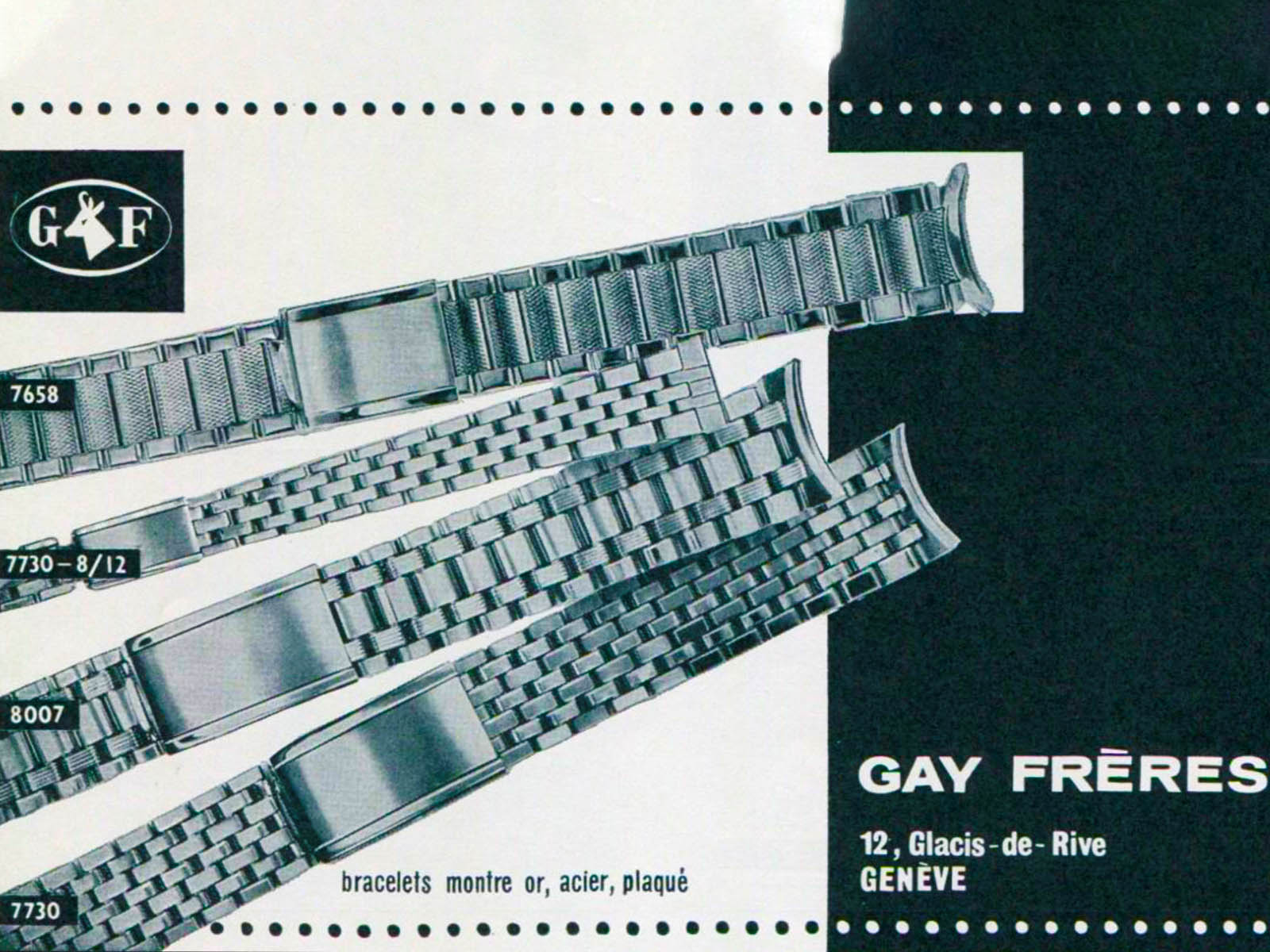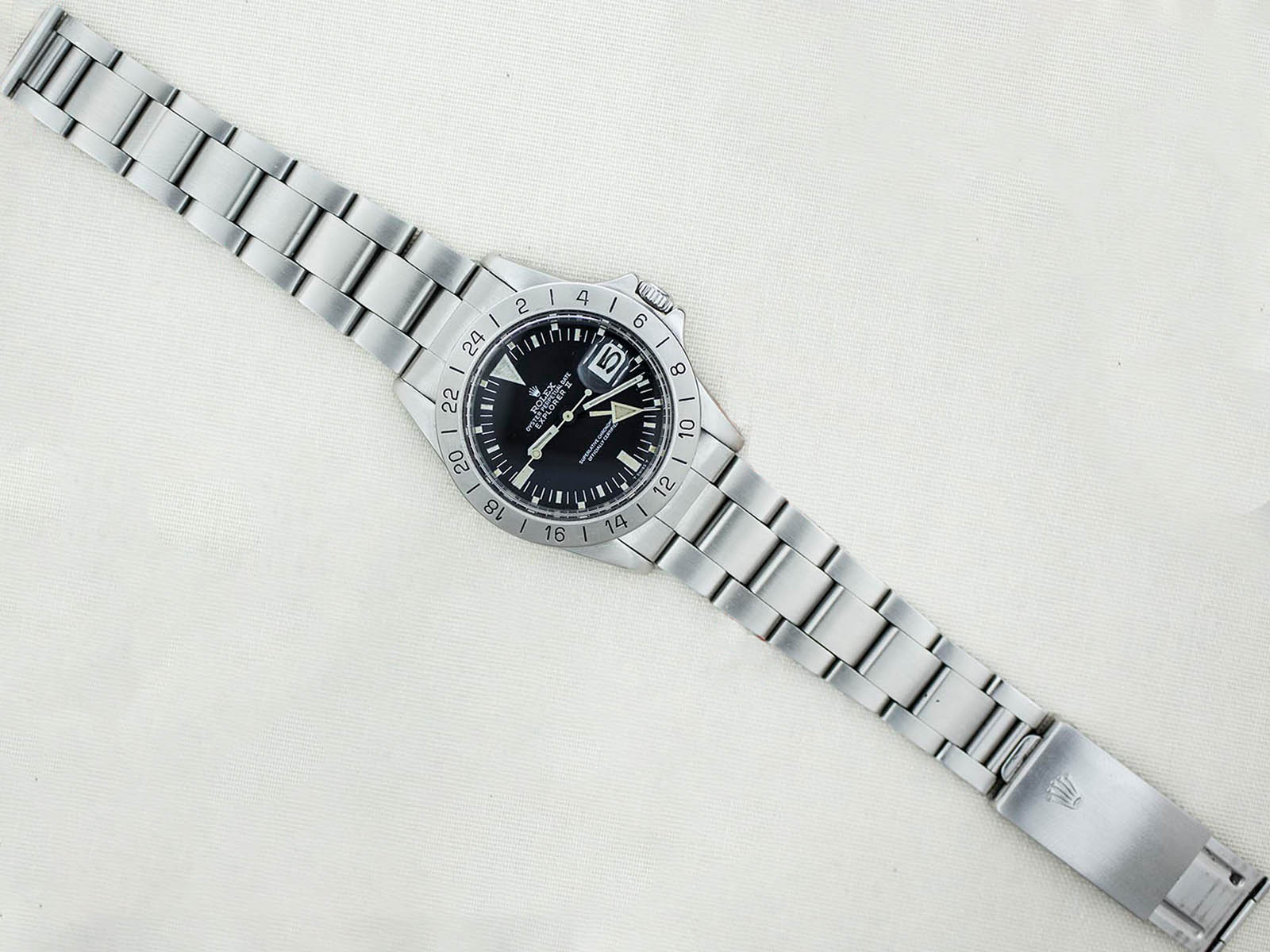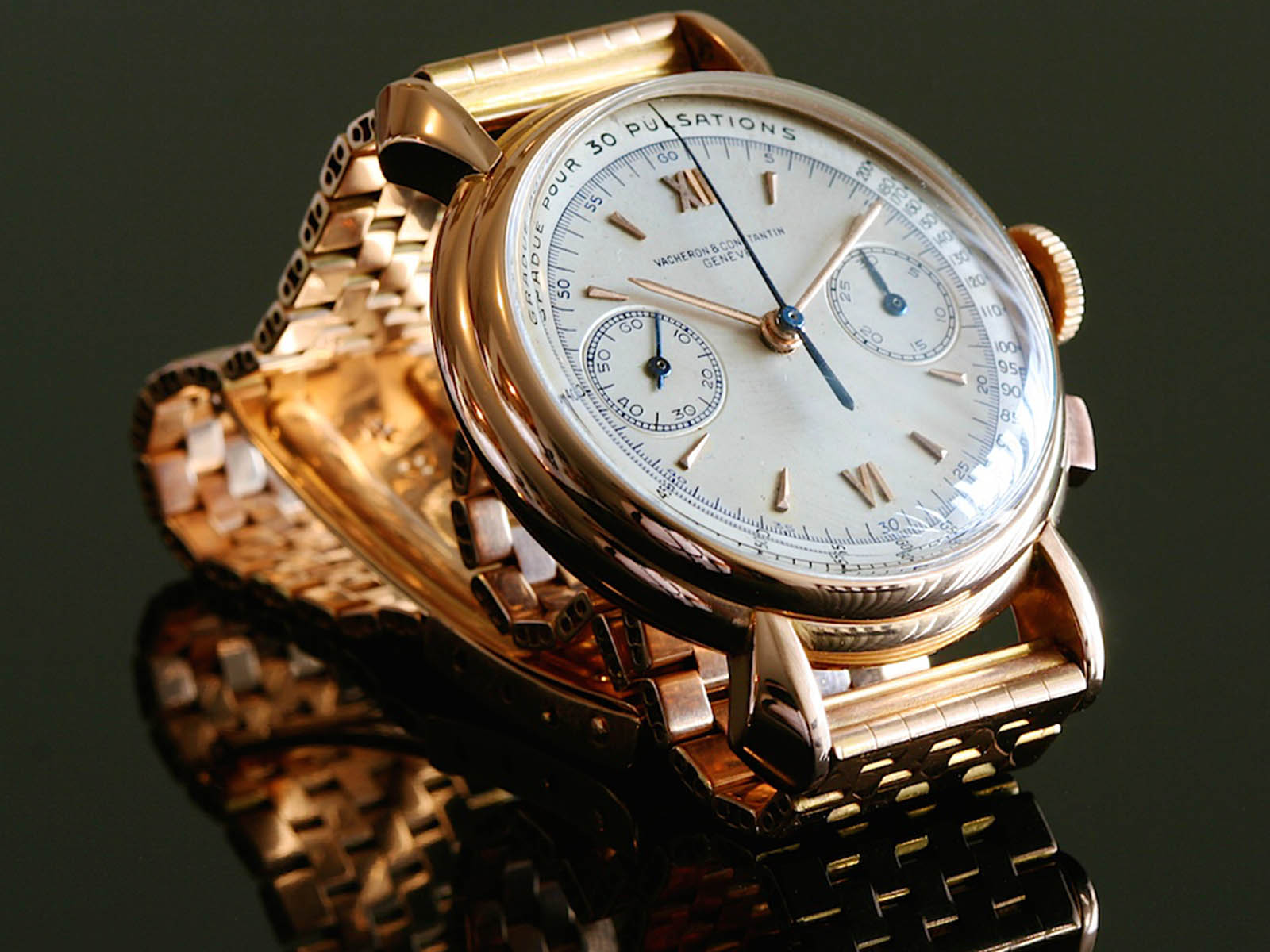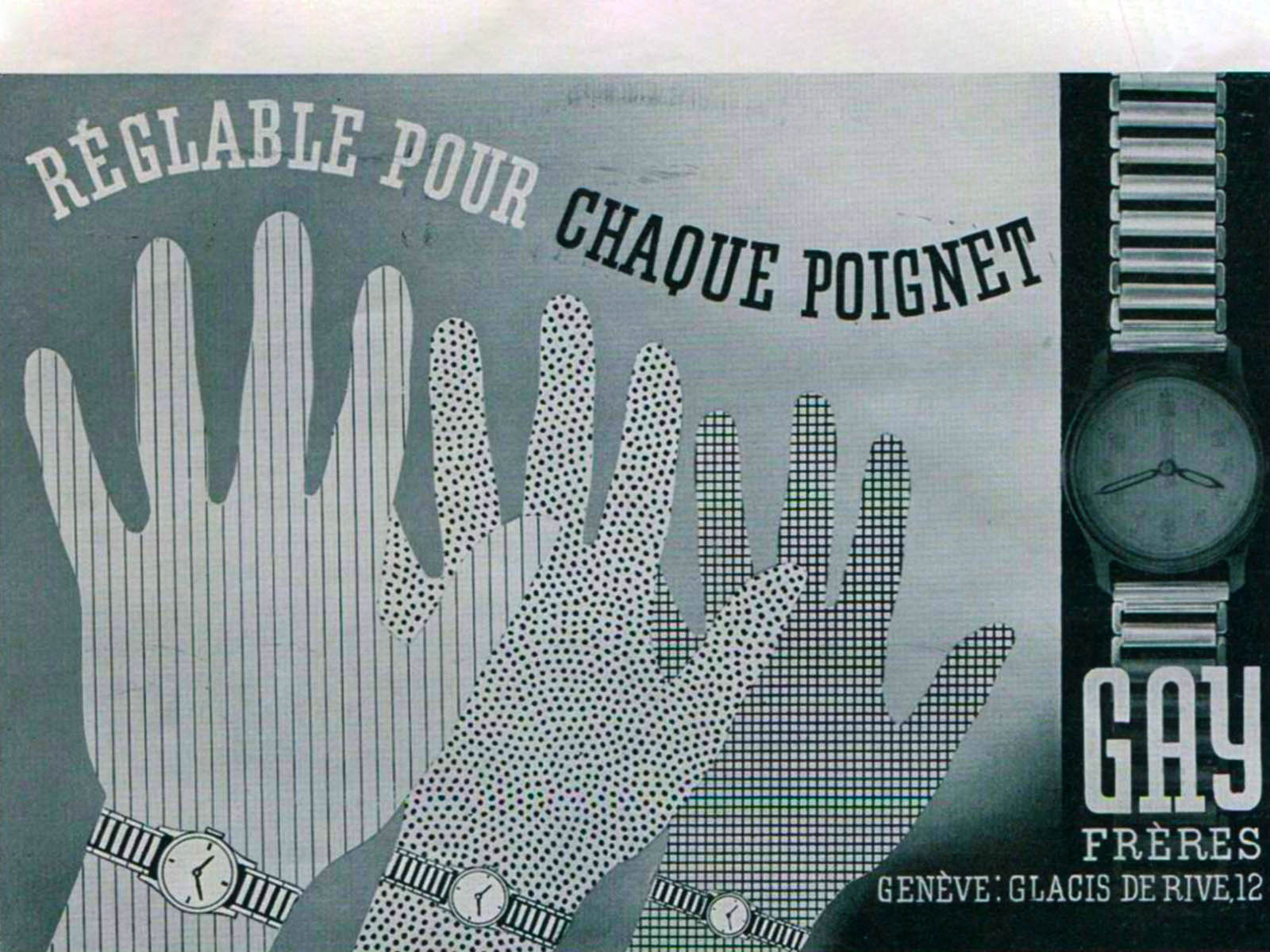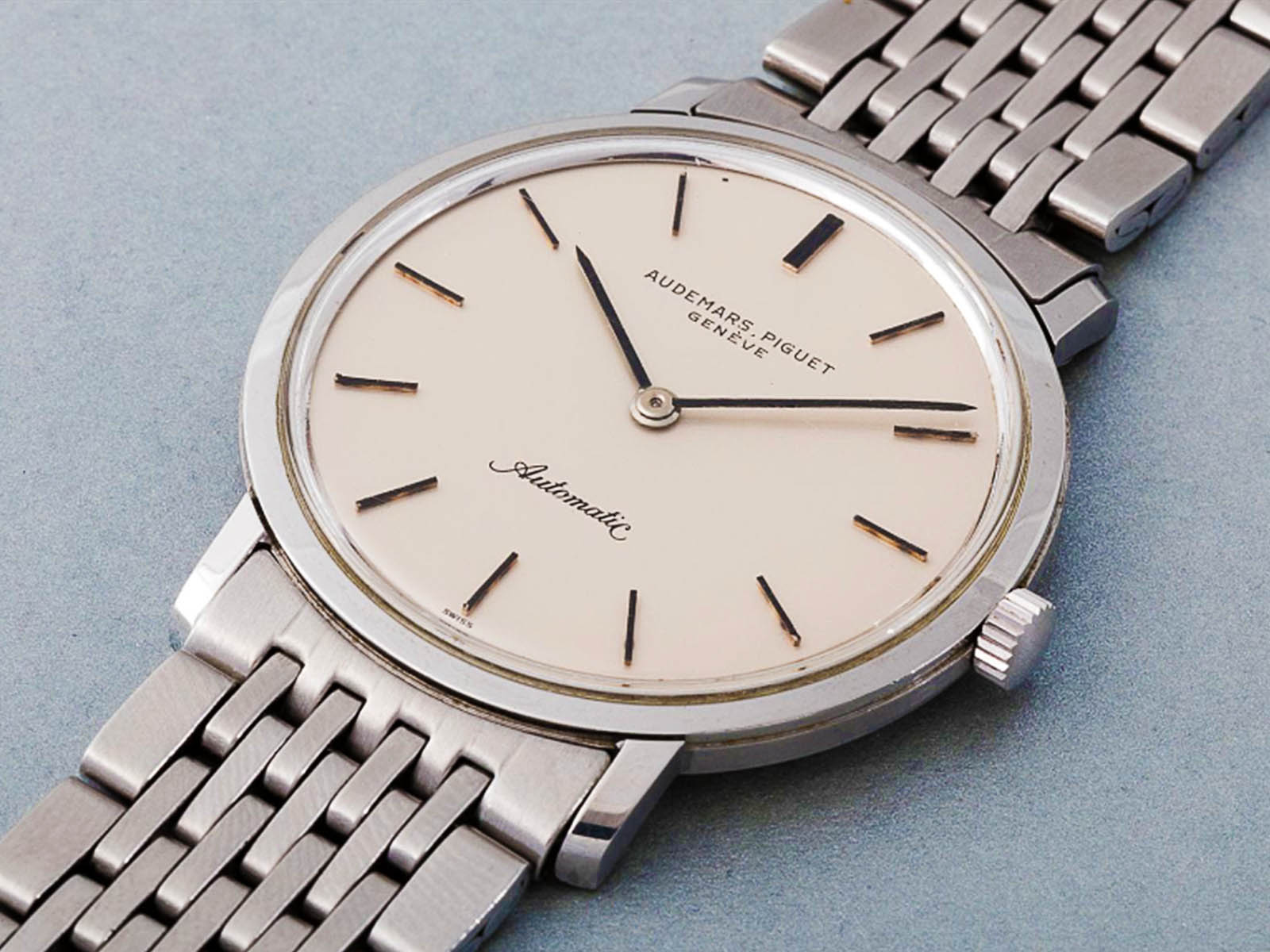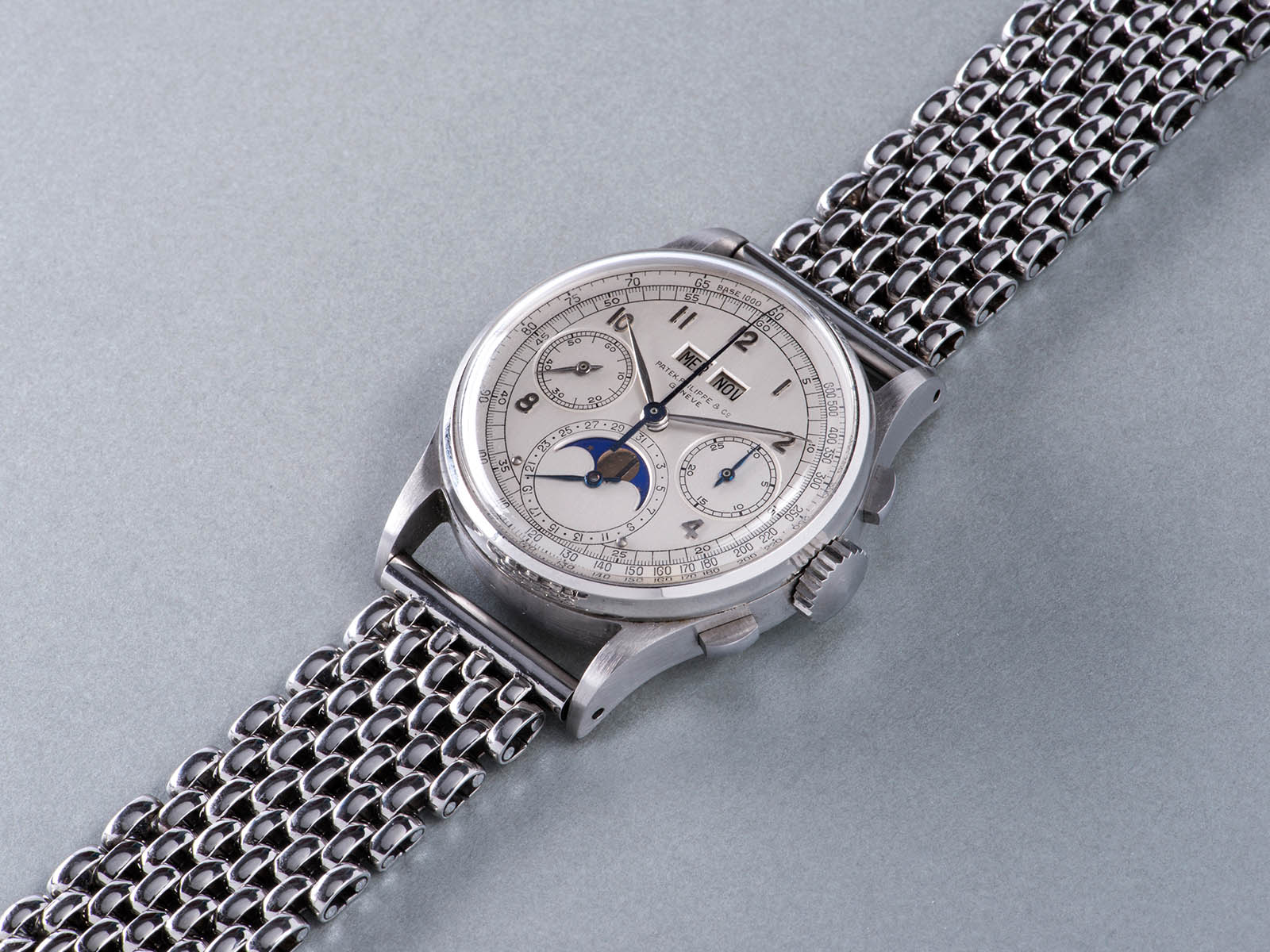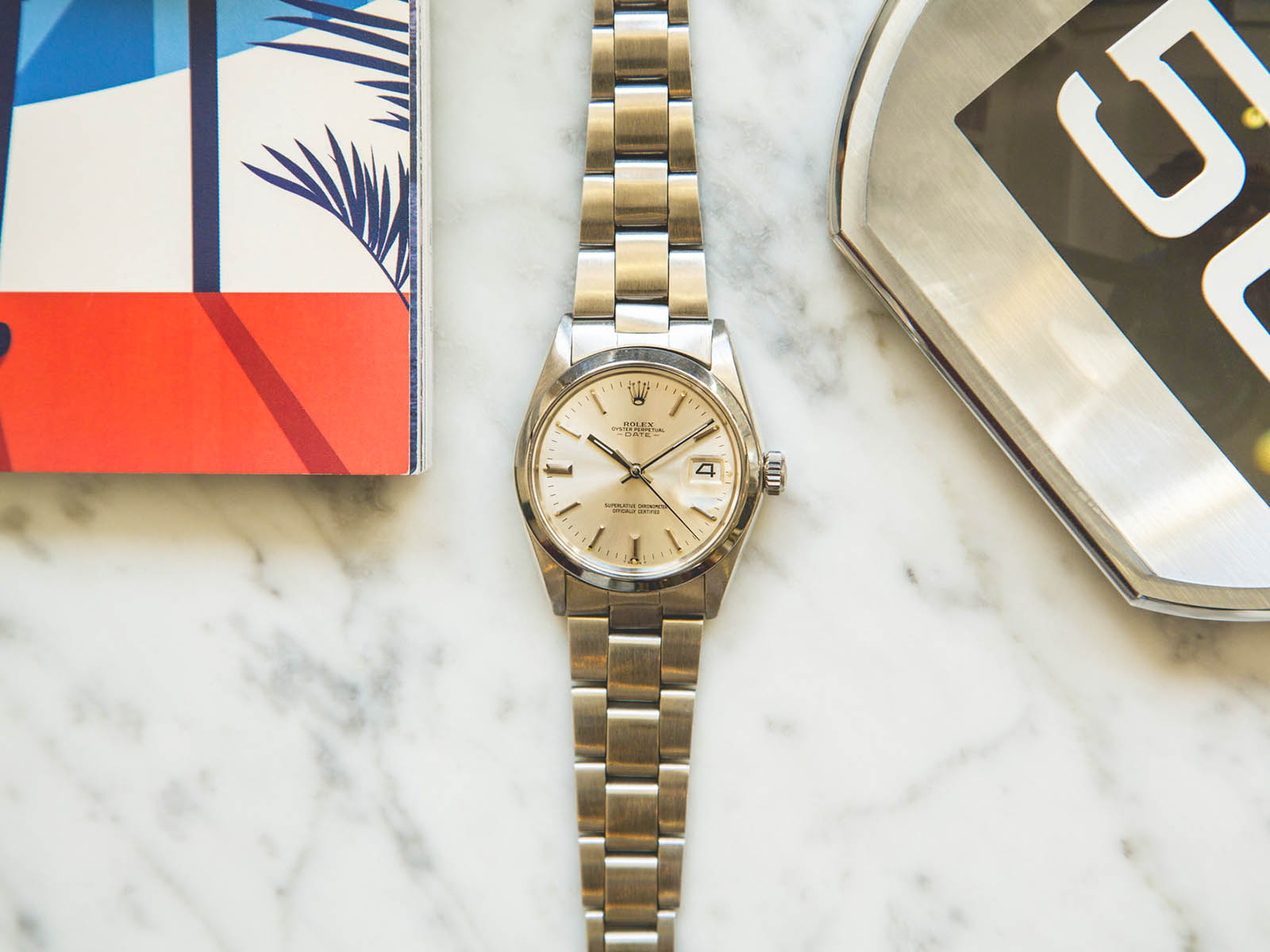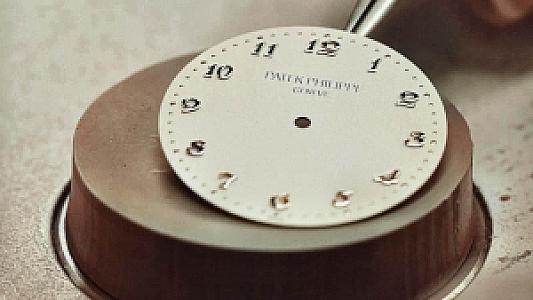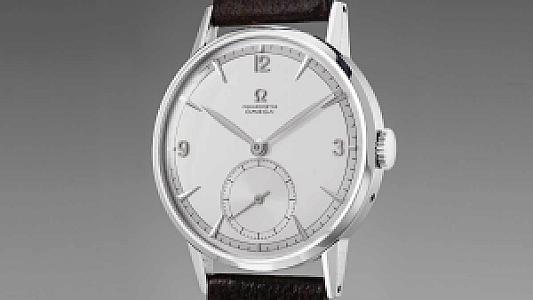Take a moment and look at the watch on your wrist... You may owe the perfection of your bracelet to Gay Frères.
Today, Rolex is an ‘in-house’ watch manufacturer in almost every respect. Almost every component is produced in Rolex, from gold and stainless steel alloys used in cases and bracelets to special lubricants used in various parts of the movements.
This was not always the case. Like almost any brand, Rolex once received a variety of external components and aids. Among them was Gay Frères, who produced metal bracelets for luxury brands.
Gay Frères was founded in 1835 by Jean-Pierre Gay and Gaspard Tissot. The brand, which produces gold chains for jewelry and pocket watches, changed its way with the introduction of interest in wristwatches rather than pocket watches in the 20th century. Adapting to time, Frères began to produce finely crafted metal bracelets for luxury watches. Throughout the 20th century, Gay Frères played an important role in the watch industry as the largest and most respected bracelet manufacturer. Among the brands that produced bracelets were Rolex, Patek Philippe, Vacheron Constantin, and Audemars Piguet, which dominated Swiss watchmaking.
Of course, there were other names producing metal bracelets for wristwatches. However, Gay Frères, with his innovative design, quality, and artisanship, was able to be the best in this community. In the 1930s, with the more attention of stainless steel watches, Frères’ work got easier. Shaping stainless steel was much more difficult than shaping gold and it required real mastery of artisanship. Within a large sector, the number of brands that could do this did not exceed the fingers of a hand.
By the 1970s, Gay Frères had already made a name for itself in the production and design of bracelets and had become a famous brand. Because of its unrivaled expertise and knowledge, Audemars Piguet applied to Gay Frères for the bracelet of his iconic design Royal Oak. Four years later, Patek Philippe also did the same for the Royal Oak’s biggest rival, Nautilus.
With this great leap, by the mid-1970s Gay Frères became the largest factory in Geneva with 500 artisans and experts. In addition to bracelets, they continued to work on jewelry. The company, which started to produce the first metal bracelets for Rolex in the 1930s, became a part of the brand in 1998 with the efforts of Rolex.
The most impressive feature of Gay Frères was the brand’s ability to produce an infinite variety of bracelet designs to complement them perfectly for many different wristwatches. Throughout its long and celebrated history, the brand has designed many bracelets from dress watches to sports chronographs. Thus, the watch industry learned that Gay Frères bracelets fit perfectly regardless of brand/model and sometimes makes the watch a legend.
